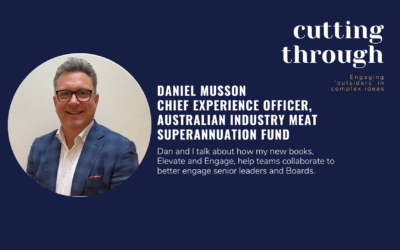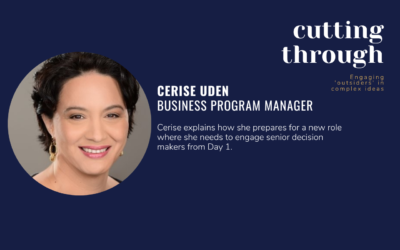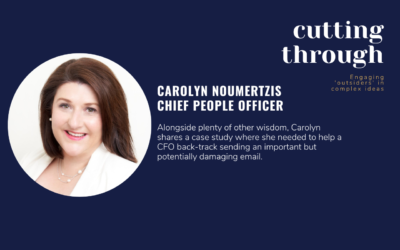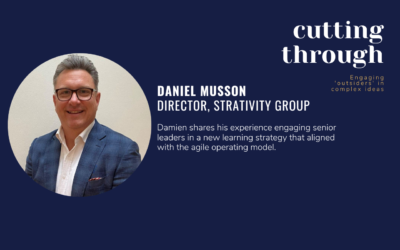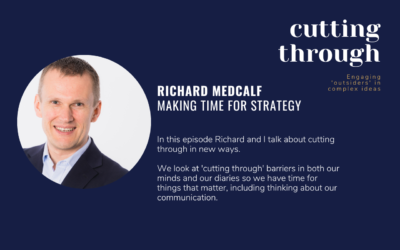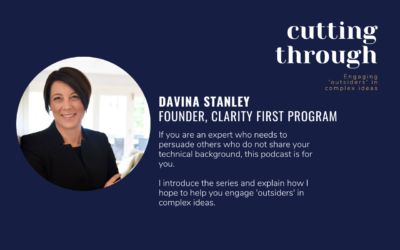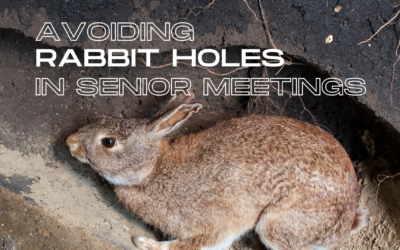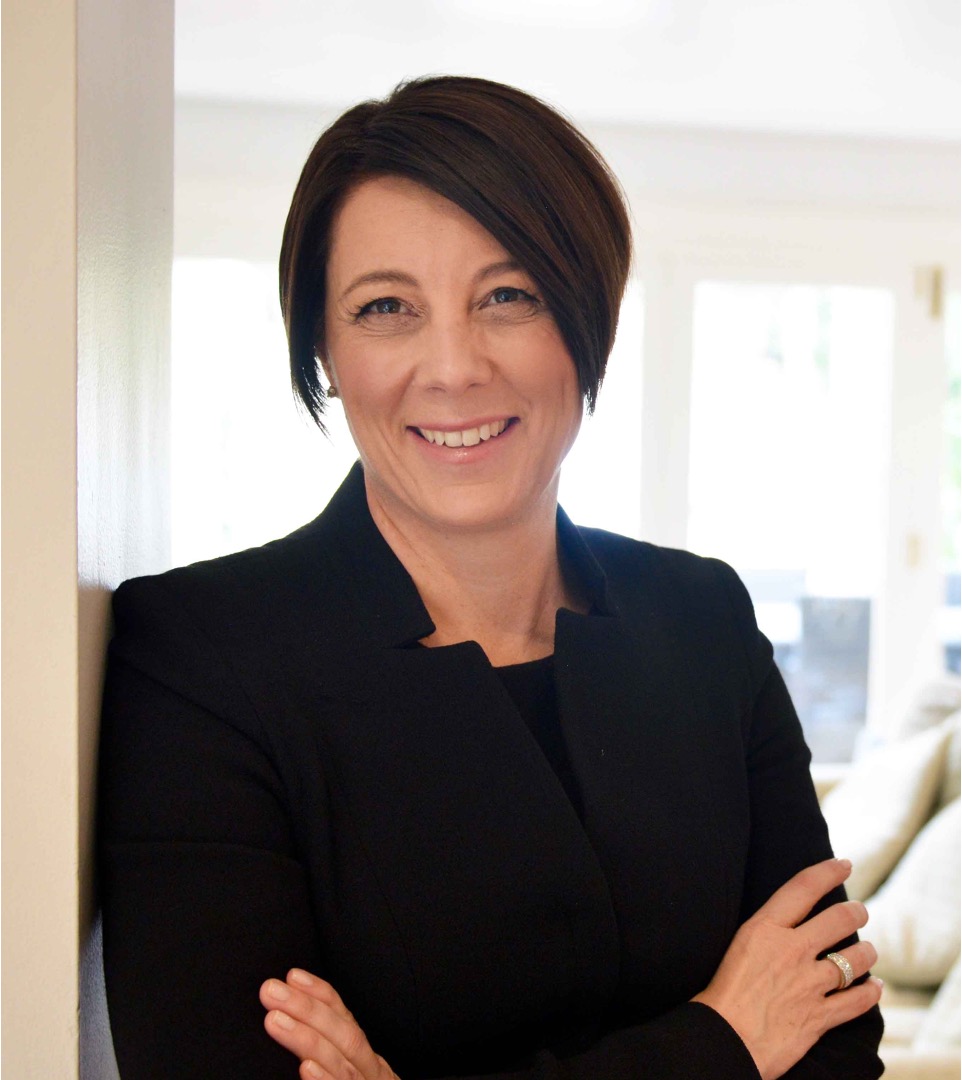Cutting ThroughHelping experts engage 'outsiders' in complex ideasBoard Paper Writing episode In this board paper writing podcast, Dan and I talk about my new books, Elevate and Engage. Together, we unpack our deep understanding of the paper-writing process for both...

E9 – Lisa Carlin – Practical strategies and case studies to help you turbo charge your transformation
Cutting Through
Helping experts
engage ‘outsiders'
in complex ideas
Seventy plus percent of transformations fail says McKinsey and Harvard Business School and yet Lisa Carlin has a 96 percent strike rate.
What’s her secret?
Lisa shares her top three ingredients for making transformations work:
- Get out of the Dark Room
- Understand and align closely with the organisation’s very specific culture
- Use the right blend of program leadership, business acumen and change management
Lisa shares some terrific stories that bring these to life.
Timestamps
00:41 – Get to know Lisa
05:39 – Discussing the three ways of turbocharging transformation in a sustainable way
15:54 – 1. Getting out of the ‘dark room’ – who to include in a transformation and why
24:53 – Case Study in a transformation around travel expenses (and getting people onboard with something they initially disagree with)
30:48 – 2. Aligning with the culture during a transformation
38:26 – 3. Employing a multidisciplinary approach to transformation
56:19 – Ways Lisa can help including 17 top tips, a fantastic thought-provoking survey and the new Turbocharged Transformation Academy
E11 – New Board Paper Writing books: Elevate and Engage
E10 – Alexa Chilcutt – How to make your presentation butterflies fly in formation
Cutting ThroughHelping experts engage 'outsiders' in complex ideas
E9 – Lisa Carlin – Practical strategies and case studies to help you turbo charge your transformation
Cutting ThroughHelping experts engage 'outsiders' in complex ideasSeventy plus percent of transformations fail says McKinsey and Harvard Business School and yet Lisa Carlin has a 96 percent strike rate. What’s her secret? Lisa shares her top three ingredients for...
E8 – Adam Bennett – Communicating during great change
Cutting ThroughHelping experts engage 'outsiders' in complex ideasLeading a major change effort while navigating almost polar opposite expectations of a board and the employees is no small task. This week's Cutting Through guest Adam Bennett shares his experiences...
E7 – Cerise Uden – How to hit the ground running in a big new role
Cutting ThroughHelping experts engage 'outsiders' in complex ideasHave you ever wondered how senior people hit the ground running in a new role? I recently spoke with Cerise Uden about her strategies for doing that on the Friday before she started a new senior program...
E6 – Carolyn Noumertzis – How to help a senior leader come back from a misstep
Cutting ThroughHelping experts engage 'outsiders' in complex ideasHave you been in a position where you have seen a senior leader make a big mistake? In this interview Carolyn Noumertzis shared how she helped a Chief Financial Officer work back from a potentially...
E5 – Daniel Musson – A Case Study in Digital Transformation
Cutting ThroughHelping experts engage 'outsiders' in complex ideasDan explains the difference between transformation and change, sharing deep experience in helping top brands gain maximum value from their digital transformation efforts. An outstanding communicator, he...
E4 – Kerry Butler – Helping leaders ‘shift testing left' to derisk projects
Cutting ThroughHelping experts engage 'outsiders' in complex ideasKerry shares how he engages senior leaders in 'shifting their focus to the left' to prevent problems and smooth out project delivery. It turns out that software testing is a surprisingly creative and...
E3 – Baking Learning & Growth into BAU alongside Agile Ways of Working
Cutting ThroughHelping experts engage 'outsiders' in complex ideasDamien discusses his strategy for engaging 7Eleven in a new Agile-aligned learning strategy. He shares his experience in engaging the leadership as well as the organisation in this new approach to...
E2 – Making Time for Strategy
Cutting ThroughHelping experts engage 'outsiders' in complex ideasDo you struggle to find time to think at work? In this episode, Richard shares ideas to help 'cut through' with our diaries so we have time to think. Although he primarily focuses on strategy, the...
E0 – Introducing Cutting Through
Welcome to my new Podcast, Cutting Through.
E1 – Risk Management = Change Management
Anthony Wilson shares 30+ years' experience in engaging others in risk management. His biggest challenge is to encourage leaders and others involved in managing risk to move away from a ‘once and done' approach. He is convinced there is enormous business value in seeing risk management as change management.

